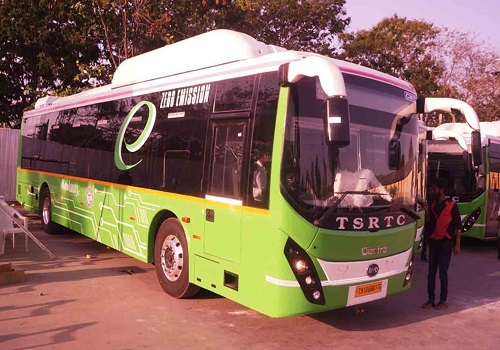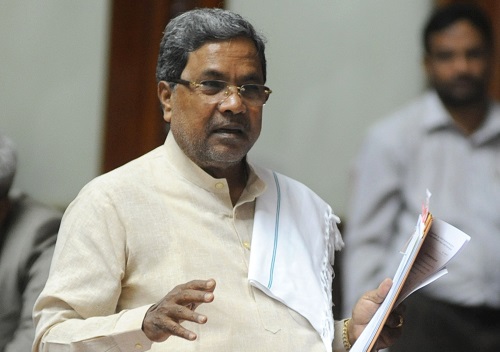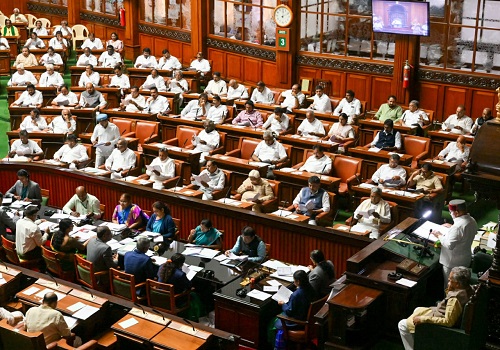Budget of homebuyers becoming flexible, says M3M's Pankaj Bansal
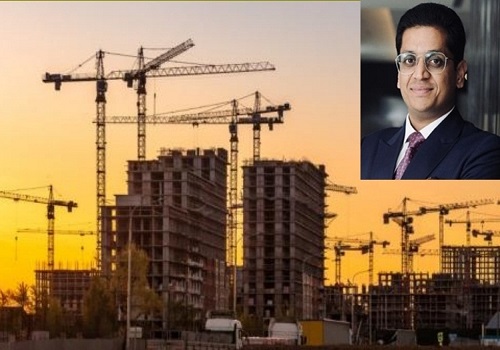
Follow us Now on Telegram ! Get daily 10 - 12 important updates on Business, Finance and Investment. Join our Telegram Channel
The economic growth is fuelling the purchasing power of homebuyers and the potential to afford flexible EMIs seems to be picking-up.
This has fuelled home sales in India, which are at present highest in the last seven years, and NCR-Delhi seems to be leading this trend. Incidentally, NCR-Delhi has also replaced Bengaluru as the startup capital of India and the growing startup and unicorn community is also exploring the residential sector for investments.
The 66 per cent young population below the age of 35 years are also emerging as young millennial borrowers of home loans. The home loans market is driven by young borrowers within the age group of 26-35 years - about 25 per cent, and also by people in the age group of 36-45 years - about 28 per cent. These are all active home loan borrowers and jointly account for 53 per cent of annual originations.
The average ticket size of home loan of young borrowers has also continued to increase over the last five years - with a CAGR of 6.2 per cent - and the ticket size continues to increase more for women than men.
The cumulative active home-loan base of these borrowers has continuously grown over the last three years at a CAGR of 3.5 per cent.
The residential segment is constantly seeing increase in demand with eight major cities leading this trend. Both Anarock and PropTiger have reported significant increase in sales of homes and the trend is expected to continue in 2022.
As per a Knight Frank India report, the prices of homes are seeing an upward trend due to increase in demand. The demand is more for ready to move-in flats and especially that have that extra 0.5 accommodation.
Seeing the trend, the developers have lined up new launches and they are already up by 43 per cent in residential sector, Anarock has reported.
Gurugram is a classic example of flexible budgets of investors in the residential segment as more than 30 per cent homes sold were priced above Rs 80 lakh, though the larger segment is preferring 2 BHK in the price range of Rs 55-60 lakh.
Anarock in its report has also stated that at least 28 per cent homebuyers are preferring extra half-bedroom or 0.5 extra, as the report mentions.
Pankaj Bansal, Director at M3M India, says, "Homebuyers are becoming flexible in their budgets for buying their choice of homes and also considering the payment options, timely possession and overall attractiveness of the project. It is true, homebuyers are preferring homes that have 0.5 extra space or half-bedroom or study-room space as you may call it.
"This space is also quite sufficient to be used as a single-bed room with limited fixtures. There is definitely a shift in the mindset of home buyers and budget is not as much constraint or defending factor for today's buyers as it used to be 5-years back. The large chunk of young millennials who are looking for stability in investments in assets and also quite aggressive now."
M3M India is a leading real-estate developer in Gurugram that has delivered about 40 projects consisting over 2 crore square feet of space and about 4 million square feet of retail space. M3M India has also been leading the retail market in northern India.
"Assessing the growing demand in residential sector, M3M India has recently launched M3M Capital, a complete luxury golf-theme-based residential project, with a top-line of Rs 4,000 crore. It is located on Dwarka Expressway in Sector-113, Gurugram. At present, we have launched about 650 apartments of 2.5 and 3.5 bedrooms accommodation, and the project has exclusive golf-courses, private foyer, green landscape, separate yoga & meditation area, and a 60,000 square feet clubhouse.
"The project has close proximity to Aerocity and Delhi International Airport, and is part of larger vision for Smart City Delhi Airport. M3M Capital is emerging as a preferred choice for the home buyers due to its proximity and facilities and we clocked aggressive booking of Rs. 800 crore in the first three days of its launch", says Bansal.
Currently, one-third of India's population reside in cities and it is estimated to go up to 50 per cent by 2030. There is a steady rise in the number of households with a shift towards nuclear families and increased urbanisation.



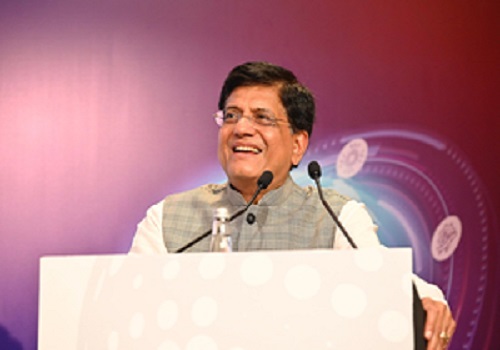

.jpg)










